Think you need a magic touch to grow your own herbs? Think again! Today, the spotlight is on herb gardening, where beginners are warmly welcomed, and success is just a few simple steps away.
Forget the notion that you need extensive gardening knowledge or a large outdoor space. Growing herbs indoors is surprisingly easy and rewarding, even for those who’ve never touched a trowel in their life.
These little plants are the perfect access point to the gardening world—small, useful, low-maintenance, and surprisingly hardy. They don’t ask for much: a bit of light, a touch of water, and a cozy spot on your windowsill or balcony.
In return, they offer a bounty of endless fresh flavors that can transform ordinary meals into culinary adventures. Plus, there’s the undeniable cool factor of saying, “I grew that!” when you garnish your dishes with home-grown herbs.
In a matter of seconds, we’ll introduce you to 20 herbs to grow that are perfect for the beginner gardener. These varieties won’t fuss if you forget to water them one day or if they don’t get perfect sunlight. So, roll up your sleeves (figuratively, of course—this isn’t going to get messy), and let’s see how to start your own herb garden!
- Basil (Ocimum basilicum)
- Thyme (Thymus vulgaris)
- Oregano (Origanum vulgare)
- Sage (Salvia officinalis)
- Rosemary (Salvia rosmarinus)
- Lavender (Lavandula spp.)
- Parsley (Petroselinum crispum)
- Tarragon (Artemisia dracunculus)
- Chives (Allium schoenoprasum)
- Mint (Mentha spp.)
- Cilantro (Coriandrum sativum)
- Dill (Anethum graveolens)
- Lemongrass (Cymbopogon citratus)
- Fennel (Foeniculum vulgare)
- Calendula (Calendula officinalis)
- Borage (Borago officinalis)
- Lemon Balm (Melissa officinalis)
- Marjoram (Origanum majorana)
- Catnip (Nepeta cataria)
- Stevia (Stevia rebaudiana)
- How to Grow Herbs Indoors
- How to Set Up and Care for Your Herb Garden
- Best Herbs to Grow Together
- FAQs
Basil (Ocimum basilicum)
Basil, often referred to as the “king of herbs,” is a sun-loving annual plant cherished for its fragrant leaves. With its origins tracing back to India, basil has become a staple in cuisines around the world, particularly in Italian, Thai, and Vietnamese dishes.
Properties
Basil is renowned for its sweet yet slightly peppery flavor that becomes stronger when the leaves are freshly picked. It’s packed with essential nutrients, including vitamin K, iron, and calcium, and is known for its anti-inflammatory and antibacterial properties.
It’s been shown to help manage blood pressure and cholesterol. Its daily consumption supports mental health by improving mood, short-term memory, and reducing anxiety.
Suggested uses
Basil is the star ingredient in pesto and plays a significant role in caprese salads, pairing beautifully with tomato and mozzarella. Its leaves can be torn and sprinkled over pizzas, pasta, and soups to add a fresh, herbal note. Thailand uses basil for pad krapow gai, curries, and salads. In Vietnamese cuisine, it’s a key ingredient of pho and spring rolls.
For a twist, try infusing basil in oils or vinegar, or add it to your favorite cocktail for an herbal kick. Beyond culinary uses, fresh basil leaves can be steeped in hot water to make a soothing tea that helps digestion.
Thyme (Thymus vulgaris)
Thyme is a perennial herb with a rich history, known for its small aromatic leaves. Originating in the Mediterranean, it has made its way into various cuisines and cultures worldwide. Its tiny green leaves grow on woody stems, releasing a distinctive earthy aroma when bruised or cooked.
Properties
Thyme contains thymol, an essential oil with powerful antiseptic and antibacterial qualities, beneficial against sore throats and various infections. Rich in vitamins C and A, thyme supports respiratory health and has a long-standing role in herbal medicine.
Suggested Uses
Thyme’s subtle, earthy flavor is a key ingredient in the classic French blend Herbes de Provence and pairs wonderfully with meats, soups, and stews. The leaves can be fresh or dried, infusing dishes with a gentle yet complex flavor profile.
Add thyme to marinades, bread, or even cocktails for an aromatic touch. Its versatility also extends to homemade herbal teas, where it can be steeped for a soothing and healthful drink.
Oregano (Origanum vulgare)
Image credits: tanjamariam
Oregano is a robust, perennial herb native to the Mediterranean region and Western Asia. Known for its strong and slightly bitter flavor, oregano has small, oval leaves that grow in clusters on woody stems. It’s popular in Italian, Greek, and Mexican cuisines.
Properties
Oregano is a rich source of antioxidants and has anti-inflammatory properties. It contains compounds like carvacrol and thymol, known for their antibacterial qualities. These properties make oregano a valuable herb in both culinary and medicinal applications.
Suggested Uses
Oregano shines in a variety of dishes, from classic Italian pizzas and pasta to Greek salads and Mexican chili, adobo, and salsas. Its intense flavor holds up well to cooking, making it ideal for hearty stews and marinades. You could also incorporate oregano into homemade bread or use it in herbal teas for a flavorful remedy.
RELATED: 30 Chefs Share Their Best-Kept Cooking Secrets To Help You Level Up In The Kitchen
Sage (Salvia officinalis)
Sage, a perennial herb with a reputation for wisdom and longevity, is cherished in culinary and medicinal circles. Soft but sturdy, its gray-green leaves have a slightly peppery flavor with hints of mint and lemon. Sage is a mainstay in Mediterranean and European cuisines, often used for holiday stuffings and sauces.
Properties
Sage is a powerhouse of nutrients and health benefits. It’s packed with antioxidants and essential oils known for their anti-inflammatory and antimicrobial properties. Sage has been used traditionally to aid digestion, improve memory, and soothe sore throats and hot flashes during menopause.
Suggested Uses
Sage is fantastic when paired with fatty meats like pork and duck, and it complements the richness of dairy, such as in creamy sauces or cheese dishes. It can be used fresh or dried in stuffings, soups, and even as a flavoring in homemade bread. Try using sage in herbal teas or as an aromatic garnish in cocktails for a refreshing hint.
Rosemary (Salvia rosmarinus)
Rosemary, with its pine-like fragrance, is a perennial herb that’s as ornamental as it is useful. Native to the Mediterranean region, its needle-like leaves and woody stems are a familiar sight in many gardens. Rosemary’s strong flavor makes it a favorite in various culinary traditions.
Properties
This aromatic herb is a kitchen staple and a treasure trove of health benefits. Rich in antioxidants, rosemary supports cognitive health and has anti-inflammatory properties. It’s also widely known for improving digestion and enhancing memory and concentration.
Suggested Uses
Rosemary’s intense flavor pairs beautifully with roasted meats, particularly lamb, chicken, and beef. It’s a key ingredient in Mediterranean dishes and adds depth to soups, stews, and sauces. Mix it in bread, focaccia, and as a fragrant addition to olive oil.
Moreover, you can use rosemary in homemade potpourris or as a natural air freshener. Rosemary oil is notoriously used for hair growth and scalp health and as a dandruff treatment.
Note: If you’re pregnant, be cautious with rosemary—high amounts can have uterine stimulant effects.
Lavender (Lavandula spp.)
Renowned for its beautiful purple flowers and soothing aroma, lavender is a perennial herb that brings a touch of color to any garden. Originally from the Mediterranean, it’s slightly more challenging (yet rewarding!) to grow than other herbs, but once established, it will become quite resilient.
Properties
Lavender is more than a pretty face in the garden—it’s an herb with endless health benefits! It’s known for its calming and soothing properties, frequently used to reduce stress and anxiety and promote restful sleep and hair health. Lavender also has natural antiseptic and anti-inflammatory qualities, making it a valuable herb for skin care and minor wound healing.
Suggested Uses
Lavender is commonly cultivated for its ornamental beauty, essential oil, as a pollinator species, and natural pest repellent.
Both its leaves and flowers are edible, adding a delicate, floral flavor to dishes. It’s a beautiful addition to baked goods like scones and shortbread, infused oils, herbal honey, or sugar. Lavender is also excellent in herbal teas and can be incorporated into cocktails for a unique twist. Don’t be too generous with it, though, as lavender has a pretty strong flavor.
Beyond its culinary uses, dried lavender flowers are perfect for creating fragrant sachets, potpourris, and even bath infusions for a self-care moment just for yourself!
RELATED: How to Grow, Use, And Care For A Lavender Plant
Parsley (Petroselinum crispum)
Parsley is more than just a garnish on the plate. This biennial plant, native to the central Mediterranean region, is revered for its fresh, slightly peppery flavor. With its curly or flat leaves, parsley is a culinary delight that adds a splash of bright color to your kitchen garden.
Properties
Parsley is a nutritional treasure trove packed with vitamins A, C, and K and minerals like iron and potassium. It’s known for its antioxidant properties and for promoting heart and bone health. Parsley also aids digestion and freshens breath, making it a multi-functional herb in the kitchen and for overall wellness.
Suggested Uses
Parsley is an essential ingredient in tabbouleh and adds freshness to salads, soups, and sauces. Chopped parsley can elevate the taste of grilled meats, fish, and vegetables. Moreover, parsley can be blended into an alternative pesto or chimichurri sauce, offering a vibrant flavor and color to any dish. It’s also perfect for adding a fresh note to smoothies and juices.
Tarragon (Artemisia dracunculus)
While basil is often dubbed the “king of herbs,” tarragon claims this title in French cuisine. This perennial herb from the sunflower family has quite a unique flavor, a blend of sweet anise and mild vanilla. Native to Siberia and later cultivated throughout Eurasia and North America, it’s now ever-present in French dishes.
Properties
Tarragon is rich in antioxidants and contributes to heart health and improved sleep. It’s also rich in compounds that help digestion and reduce blood sugar levels. Its mild sedative properties make it a good choice for teas that promote relaxation.
Suggested Uses
Tarragon’s distinctive taste is a central ingredient in Béarnaise sauce and is often used to flavor chicken, fish, and egg dishes. Its slight sweetness complements acidic flavors like lemon and vinegar, making it ideal for dressings and marinades.
Fresh tarragon can also infuse vinegar and oils, adding a special taste to your culinary creations. For a calming beverage, try steeping tarragon leaves in hot water for tea.
Chives (Allium schoenoprasum)
Chives are known for their delicate, grass-like appearance and mild, onion-like flavor. This perennial herb, native to Europe, Asia, and North America, is a delightful culinary ingredient and a charming addition to any garden with its small, edible purple flowers.
Properties
Chives are a good source of vitamins A and C and antioxidants, which help boost immunity and reduce inflammation. They’re high in vitamin K, vital for bone health, and contain carotenes like lutein and zeaxanthin, which are beneficial for eye health. Chives also contain allicin, which lowers bad cholesterol and blood pressure.
Suggested Uses
Chives add a subtle oniony flavor without overpowering dishes. They are perfect for sprinkling over baked potatoes, omelets, and salads. Chives also enrich the taste of fish, soups, dips, and cheese-based dishes. Try blending chives into butter or cream cheese to create a flavorful spread—you won’t be disappointed!
Mint (Mentha spp.)
Mint is a refreshing and aromatic herb that’s as versatile as it is popular. Native to Europe and Asia, mint has become a favorite in cuisines and cultures worldwide, used in everything from culinary dishes to herbal remedies.
Properties
Packed with nutrients like vitamin A, iron, and manganese, mint helps with digestion, nausea, and skin health. Its menthol content is beneficial in soothing sore throats and cold symptoms.
Suggested Uses
Mint is essential in recipes like tabbouleh and chutneys, and it adds a fresh touch to salads, drinks, and desserts. Fresh mint leaves can infuse water or tea, offering a cooling taste. It’s also a popular ingredient in cocktails like mojitos and mint juleps, bringing freshness to each sip. Outside the kitchen, mint works wonders in homemade skin care remedies, thanks to its soothing qualities.
Note: Mint is a notoriously invasive species and will likely steal nutrients from other fellow greens. Planting it on its own in a separate container is highly recommended. Keep scrolling—we have a dedicated section about which herbs work great together!
Cilantro (Coriandrum sativum)
Call it cilantro, call it coriander—the only sure thing is that people tend to either love it or detest it (we’re team love it, by the way.) This annual herb is distinctively fresh and slightly citrusy, a staple in Mexican, Asian, and Middle Eastern dishes.
Properties
Cilantro is a good source of vitamins A, C, and K and contains minerals like potassium and manganese. It’s known for its digestive benefits, antioxidant properties, and compounds that help lower blood sugar levels and support heart health.
Suggested Uses
Cilantro is essential in salsa and guacamole and adds a lively touch to curries, stir-fries, and salads. It pairs well with spicy and tangy flavors, making it great in marinades and sauces. For a refreshing drink, try adding it to your smoothies or juices. Cilantro stems, too often discarded, are full of flavor and can be used in stocks and soups.
Dill (Anethum graveolens)
Native to Eurasia, dill has a sweet, grassy aroma that conquered the heart and cuisine of Scandinavia and Eastern Europe. Its delicate fronds are beautiful and offer a light, slightly tangy flavor that may remind you of anise.
Properties
Packed with vitamins A and C, dill supports immune and eye health and works wonders with its digestive and anti-inflammatory properties. Its essential oils have soothing effects, often used to calm nerves and encourage restful sleep, making it a versatile addition to any health-conscious diet.
Suggested Uses
Dill is the perfect herb to enhance fish dishes, potato salads, and pickles. It’s the main ingredient in dill sauce (duh), often served with salmon, and is fantastic in dips and dressings. Fresh dill can be sprinkled over soups and stews for a fresh flavor boost. Additionally, dill seeds are used in bread, spice blends, and to flavor vinegar.
Lemongrass (Cymbopogon citratus)
Lemongrass, a tropical herb, stands out with its refreshing lemony scent. Native to Sri Lanka and South India, lemongrass is a cornerstone in many Asian cuisines.
Properties
Lemongrass is a source of essential nutrients like potassium, zinc, and magnesium. Traditionally used in herbal medicine, lemongrass is celebrated for its soothing properties, assisting in relaxation and reducing stress. It’s also appreciated for its digestive health benefits and antibacterial and antifungal qualities.
Suggested Uses
When it comes to lemongrass, take a look at how Southeast Asians use it, and you won’t go wrong. Thai curries, Vietnamese soups, Indonesian marinades—all packed with irresistible flavor!
Lemongrass stalks can be steeped in teas or broths, giving a tangy lemon flavor without the acidity. This herb also finds its way into refreshing beverages and can be used to add a zesty note to desserts.
Fennel (Foeniculum vulgare)
Image credits: SylviaSage
Native to the shores of the Mediterranean, fennel is a bit like nature’s candy in the herb world. This perennial, with its bulbous base and feathery green leaves, has a subtly sweet, anise-like flavor. The bulb, stalks, and fronds are all edible, each bringing a touch of sweetness and a hint of licorice to your dishes.
Properties
Fennel is a great source of fiber, vitamin C, potassium, and folate, contributing to good digestion, heart health, and overall well-being. It contains anethole, which has anti-inflammatory and cancer-fighting properties.
Suggested Uses
Fennel is incredibly versatile. The bulb can be sliced and added to salads for a crunchy, refreshing element or roasted to bring out its natural sweetness. The stalks and fronds make excellent additions to soups, stews, and stocks.
Fennel seeds, commonly used in spice blends, are great for flavoring meats and baking goods. You can also try incorporating fennel into desserts for a subtle, intriguing taste. Last but certainly not least, fennel can be eaten raw as a healthy snack option.
Calendula (Calendula officinalis)
Calendula, also known as pot marigold, is a burst of sunshine in the herb garden. This annual, with its vibrant yellow and orange flowers, is as pleasing to the eye as it is beneficial. Originally from the Mediterranean, its petals have a slightly peppery and tangy flavor that adds a unique twist to dishes.
Properties
Calendula is rich in antioxidants and has anti-inflammatory properties, making it great for skin health. The herb is also known for its healing abilities, often used in herbal remedies to soothe cuts, burns, and skin irritations. Calendula can aid digestion and is believed to have antifungal and antimicrobial qualities.
Suggested Uses
Calendula petals can brighten salads, soups, and stews with their vibrant color and subtle taste. They’ve been used historically as a cheaper substitute for saffron and as a colorant in butter and cheeses. They’re a fantastic edible garnish for desserts and can be used to infuse oils and vinegar.
Thanks to its soothing properties, it’s also a popular choice for homemade skincare products like lotions and salves. You can also steep calendula petals in hot water for a comforting herbal tea.
Borage (Borago officinalis)
Borage, also known as starflower, is a true hidden gem in the herb world. This annual herb, easily recognized by its star-shaped blue flowers and fuzzy leaves, is native to the Mediterranean region. Borage has a mild cucumber-like flavor, making it a unique and refreshing addition to your food.
Properties
Borage is high in gamma-linolenic acid (GLA), a type of omega-6 fatty acid beneficial for skin health and reducing inflammation. It also has diuretic properties and can help regulate metabolism and improve respiratory health.
Suggested Uses
When it comes to its uses, borage is a delightful surprise. The blue flowers are perfect for garnishing salads and desserts, adding a touch of color. Use its leaves fresh in salads or cooked like spinach for a nutritious side dish. Borage is found in various interesting recipes like cucumber jelly, ravioli filling, soups, and dips.
Moreover, borage flowers make a lovely addition to summer drinks, such as lemonades or cocktails. You could even crystalize them for a decorative touch on baked goods!
Lemon Balm (Melissa officinalis)
Part of the mint family, lemon balm (or melissa) is a herb that exudes a delightful lemony scent and flavor. Native to Europe, North Africa, and Asia, it has small, heart-shaped leaves and delicate white or purple flowers—a charming addition to your herb garden!
Properties
Lemon balm is known for its ability to ease stress and anxiety and, as such, is often used in herbal remedies for relaxation and improving sleep quality. It supports cognitive function and can help soothe digestive issues.
Suggested Uses
Lemon balm has a fresh, citrusy flavor, so it’s an excellent addition to chicken, soups, salads, sauces, and drinks. The herb is particularly refreshing in teas, both hot and iced. Moreover, it works its magic when included in desserts, ice creams, sorbets, and baked goods—you can even use its leaves to make a beautiful garnish. Secret tip: Try making a lemon balm pesto, and thank us later!
RELATED: People Didn’t Realize How Helpful These 30 Simple Cooking Tips Can Be Until They Tried Them
Marjoram (Origanum majorana)
Marjoram is often mistaken for its cousin oregano, but it’s a bit milder and sweeter. This tender perennial herb, native to the Mediterranean and Western Asia, has small, oval-shaped leaves with a sweet, citrusy, and slightly piney aroma.
Properties
Marjoram is a good source of antioxidants, vitamins A and C, and minerals like iron and calcium. It has anti-inflammatory and digestive properties, improving gastrointestinal health and boosting the immune system. It also has calming effects, often used in herbal remedies for stress relief and better sleep.
Suggested Uses
Marjoram pairs beautifully with meats, especially chicken and lamb, and is a great addition to soups, sauces, and salad dressings. It complements vegetables and legumes, elevating their flavors. It also works well in pizza and pasta sauces, can be used in dry rubs for meats, and is a component in za’atar, a Middle Eastern herb blend.
For a fragrant twist, try adding marjoram to bread dough or infused oils. It’s great brewed as a soothing tea or incorporated into homemade potpourris.
Catnip (Nepeta cataria)
Catnip, famous for its effect on cats, is more than just a feline delight. This perennial herb, belonging to the mint family and native to Europe and Asia, has heart-shaped leaves and delicate white flowers with purple spots. Catnip offers a slightly minty and herbaceous flavor, making it an interesting, even if less common, culinary ingredient.
Properties
Aside from its amusing effect on cats, catnip has notable health benefits for humans. It contains compounds like nepetalactone, which has mild sedative properties, making it beneficial for reducing anxiety and aiding sleep. Rich in antioxidants, catnip can also help relieve digestive discomfort and has anti-inflammatory effects.
Suggested Uses
Other than the most obvious use for cats, catnip can be used similarly to mint, though it’s less potent. It adds flavor to teas, salads, and sauces. Dried catnip leaves can be steeped to make a calming herbal tea, helpful for easing stress and aiding sleep. Moreover, it can be used in homemade herbal remedies and is great for crafting fun and safe toys for your feline friends.
Note: The use of catnip during pregnancy is regarded with caution—if you’re expecting, you may want to skip this one. And if you’re wondering if the same applies to pregnant cats, the answer is yes.
Stevia (Stevia rebaudiana)
Stevia, a natural sweetener, is a small perennial herb native to South America. Its claim to fame is the incredibly sweet leaves, which have been used for centuries to sweeten beverages and foods. Unlike ordinary sugar, stevia’s sweetness comes without calories, making it a popular choice for those looking to reduce sugar intake.
Properties
The magic of stevia lies in its compounds, steviol glycosides, which are responsible for its sweetness. These compounds are non-glycemic, meaning they don’t affect blood sugar levels, making stevia ideal for people with diabetes. Plus, stevia has shown potential in lowering blood pressure and possibly possessing anti-inflammatory properties.
Suggested Uses
Stevia is primarily used as a sugar substitute. It’s great for sweetening teas, coffees, and other beverages, as well as in baking and cooking where sugar is called for. Due to its intense sweetness, a little goes a long way. You can also use it in homemade sauces and dressings.
How to Grow Herbs Indoors
Among the best candidates for growing herbs indoors are herbs from the mint family (or Lamiaceae, in fancy words). These include favorites like basil, lavender, lemon balm, marjoram, oregano, rosemary, sage, thyme, and mint itself. These herbs are remarkably adaptable to indoor conditions, making them perfect for a sunny windowsill—preferably one that faces south.
Chives and other greens from the onion family (Alliaceae) also make excellent indoor plants, known for their ease of growth in container gardens.
An essential tip for indoor herb gardening is to consider the individual needs of each herb. For instance, while lemon balm and mint grow great in containers, they’re best grown in their own pots to prevent them from overpowering the roots of other plants.
And remember, while these herbs might produce fewer leaves than they do outside, they’ll still happily grow with a bit of your care and attention.
RELATED: 25 Houseplants to Transform Your Interior Into an Indoor Garden
Other Tips for Growing Herbs Indoors
- Keep an eye on the soil’s moisture. It’s important to let the top 1–2 inches of soil dry out between waterings. Overwatering can be harmful, as a lot of herbs generally prefer well-drained soil.
- To maintain optimal moisture levels, consider bottom watering. Place your herb pot in a saucer or flat-bottomed container filled with water, allowing the plant to absorb moisture from the bottom for about 15 minutes. Then, discard any unabsorbed water. This method is excellent for preventing fungus gnats and making sure the roots get adequate moisture without making the soil too wet.
- Herbs need a minimum of 6 hours of sunlight daily. If your indoor space doesn’t get enough natural light, you can rely on artificial grow lights.
- Rotate your herbs every few days to guarantee all sides receive even light. This helps promote balanced growth and prevents plants from leaning toward the light source.
- Don’t be shy about harvesting your herbs. Regular trimming encourages leaf production. Plus, you’ll always have a good batch of fresh herbs for your recipes!
- If space is at a premium, get creative with plant placement. Using hanging pots or wall-mounted planters can be a great way to maximize your growing area.
RELATED: 16 Hanging Plants For Greener Indoor
How to Set Up and Care for Your Herb Garden
Container
Your herb garden’s home is as important as the herbs themselves. Choose pots with good drainage to keep those roots healthy. A 6 to 12-inch pot is ideal for most herbs, providing cozy space for their growth.
If you love natural materials, consider terracotta, wood, or metal containers—not only do they look great, but they also help regulate moisture. Regardless of the material, don’t forget those drainage holes on the bottom, essential for preventing waterlogged roots.
Soil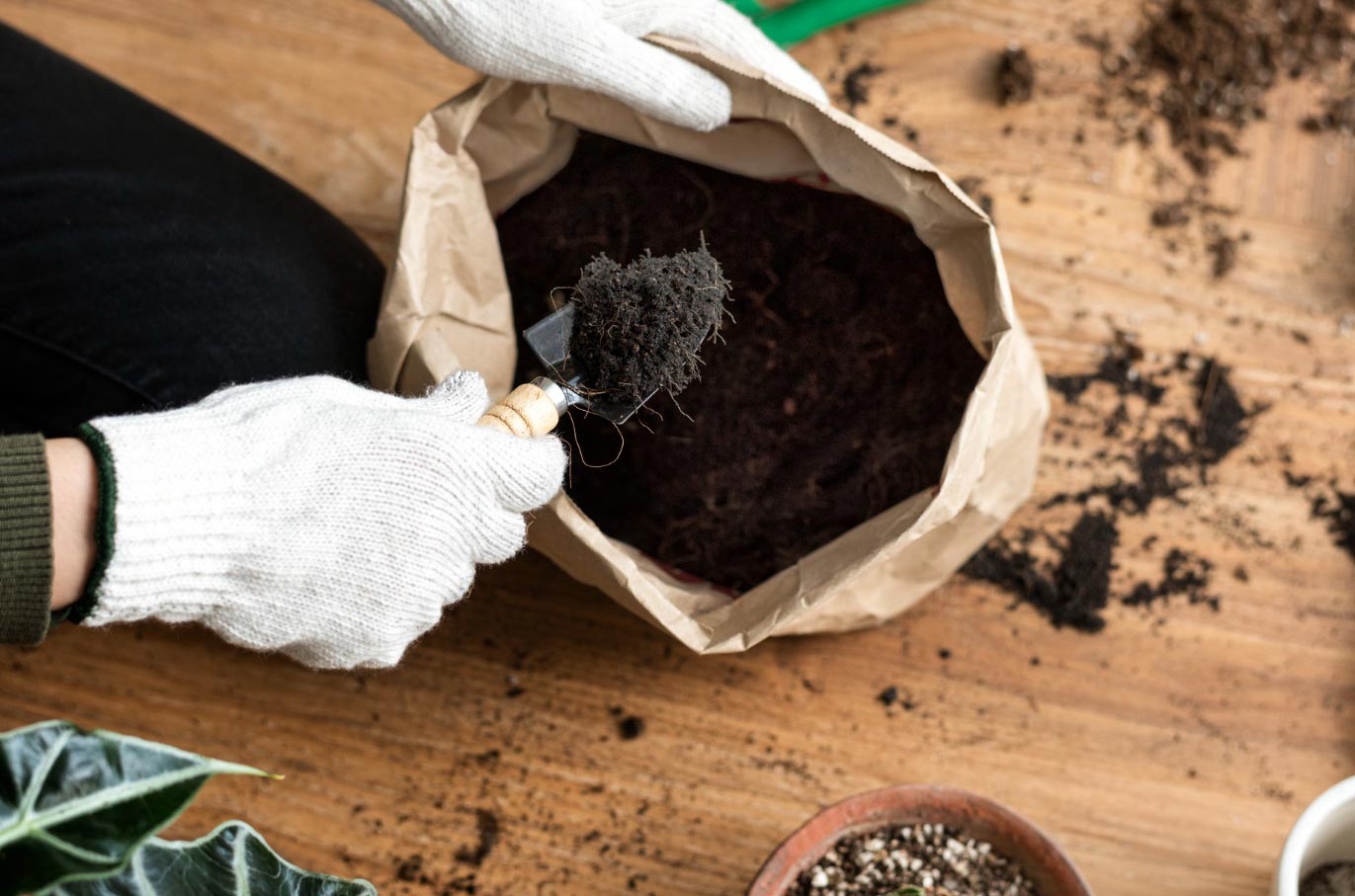
Image credits: rawpixel.com
Opt for well-draining, organic soil, ideally, a sandy-loam mix that balances moisture and nutrient levels. Remember to use a high-quality potting mix specifically designed for container gardening—garden soil may contain pests and doesn’t drain well in pots.
Sunlight and Shade
Most herbs need about 6–8 hours of sunlight daily. Some, like mint, can tolerate partial shade. Others, like basil, need full sun.
For indoor gardens, place herbs near a south-facing window. If that’s not possible, you can rely on artificial light—full-spectrum LED lights (the ones that are rich in both infrared and ultraviolet light) will give your herbs exactly what they need.
RELATED: 21 Low-Light Indoor Plants That Give Beautiful Results With Low Effort
Watering
Water your herbs when the top inch of the soil feels dry—usually about once a week. Be consistent but avoid overwatering, as this can lead to root rot. Watering in the cooler hours of the morning is recommended to allow for deep root soaking.
- Basil and parsley prefer consistent moisture. Water these when the soil surface starts to dry out.
- Rosemary, thyme, and sage are more drought-tolerant. Allow the soil to dry more thoroughly between waterings.
- Mint enjoys moist soil but is also prone to root rot, so balance is critical.
Fertilizers
Herbs generally don’t require much fertilizer. Use it every 6 weeks during spring, summer, and fall to give them a gentle boost. In winter, it’s not necessary as plant growth naturally slows down due to shorter days.
Organic fertilizers are preferable for herbs, maintaining a natural growing environment. Keep in mind that most potting soils already contain fertilizers, so wait 4–6 weeks before doing it yourself. Overfertilizing would make plants grow too quickly, reducing the concentration of essential oils in the leaves—which is what gives herbs their fantastic taste.
Harvesting & Storing
Harvesting your herbs is always an exciting ritual—doing it regularly encourages growth and keeps them strong! For herbs like basil and mint, just pinch off a few leaves, while for woody herbs like rosemary or thyme, cutting off whole stems is the best practice.
Harvest in the morning when herb oils are at their strongest. Wrap harvested herbs in a damp paper towel and store them in a container in the fridge for freshness. For longer storage, you can either freeze them or tie your herbs and let them dry in a dark, well-ventilated room to preserve their essence beautifully.
Basil, chives, and parsley are herbs that are most flavorful when used fresh, as drying them out often results in a significant loss of their taste. For long-term storage, freezing them is a more effective method.
Best Herbs to Grow Together
Image credits: SnooOranges1582
- Mediterranean herbs: Lavender, thyme, rosemary, oregano, and sage prefer less water and full sun. Grouping these together can simplify care, as they all enjoy similar growing conditions. The same goes for parsley, basil, and cilantro, which instead love consistent moisture and will have good company together.
- Dill and coriander: These herbs go great together—they emit strong scents, attracting mutually beneficial insects. Plus, they have similar growing needs.
Herbs to Grow Separately
- Moist vs Dry: As a general rule, keep dry-resistant plants in a different container, away from those that love moist soil. Pairing them together means they’ll have to share incompatible growing conditions.
- Mint: There’s a lot of caution regarding mint—it’s quite an invasive herb and can easily take over other plants. Growing it alone in its own pot is recommended, but if there’s no other way, you could keep it close to oregano.
- Dill and sage: Best grown far away from each other, as they compete for nutrients.
- Fennel: It can inhibit the growth of nearby plants. It’s best planted separately to avoid any negative interactions.
That’s our guide to herb gardening! We’d love to hear from you—feel free to comment with your favorite herbs and any personal tips or stories you have about how to grow herbs. Whether you’re a seasoned gardener or a newbie, every insight counts!
FAQs
Do Herbs Grow Better in Pots or Ground?
The choice lies in your available space and which herbs you’ll decide to grow by yourself, but here are some general guidelines.
Herbs in pots benefit from better drainage, which is crucial for many herbs, especially Mediterranean varieties like rosemary, thyme, and oregano. Containers also offer the flexibility to move plants around to optimize sunlight exposure and keep them indoors during winter. They’re ideal for limited space, like balconies or windowsills.
Planting herbs in the ground can be more beneficial for herbs that spread out or require more room to grow. In-ground planting usually means less watering since they’ll get some moisture from the surrounding soil. Be careful with invasive plants (like the aforementioned mint), as they can spread all over your garden!
What is the Hardest Herb to Grow?
You may be surprised to know that lavender is one of the hardest herbs to grow. Yeah, the same lavender we included in our list! While beautiful and aromatic, lavender requires well-draining soil and plenty of sunlight. It can be quite sensitive to overwatering and too much humidity.
If you live in a sun-kissed part of the world, like the Mediterranean, then you’re good to go. Otherwise, it may come with its share of challenges—it’s not a mission impossible, though. Once established, your lavender will be incredibly sturdy and resilient, so keep trying!
How Do You Grow Herbs for Beginners?
If you’re a total beginner, we advise starting with easy herbs to grow, the ones that can thrive well in your environment. While most ideal climate conditions can be replicated, it will still help you to grow plants that feel right at home where they are. Take some time to understand the specific needs of each herb you choose to grow.
15Kviews
Share on FacebookThank you for this timely article! January is when the seed catalogs start coming out for the spring, so I am ready to start thinking about what to start growing soon.
Thank you for this timely article! January is when the seed catalogs start coming out for the spring, so I am ready to start thinking about what to start growing soon.

 Dark Mode
Dark Mode 

 No fees, cancel anytime
No fees, cancel anytime 







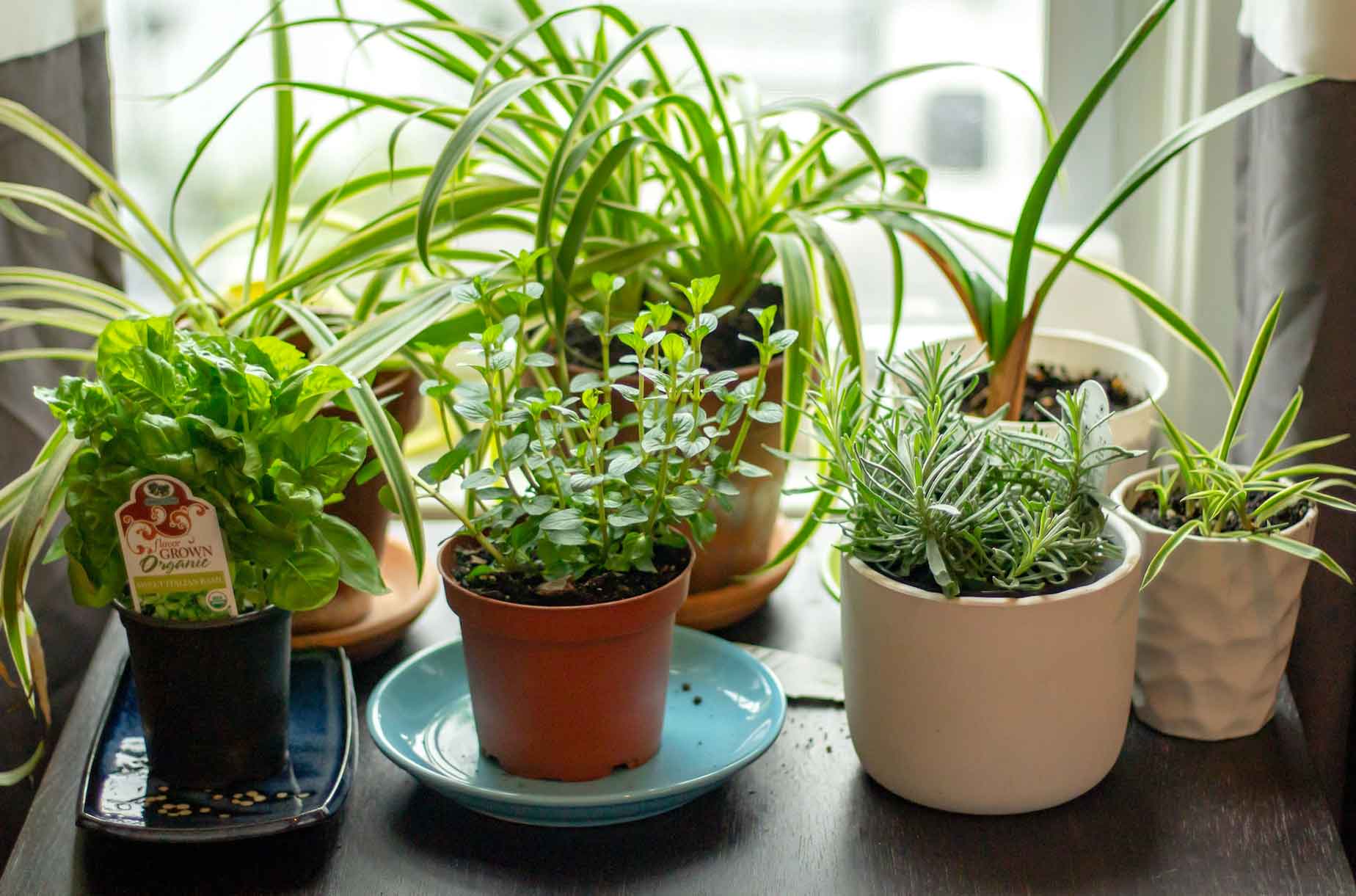

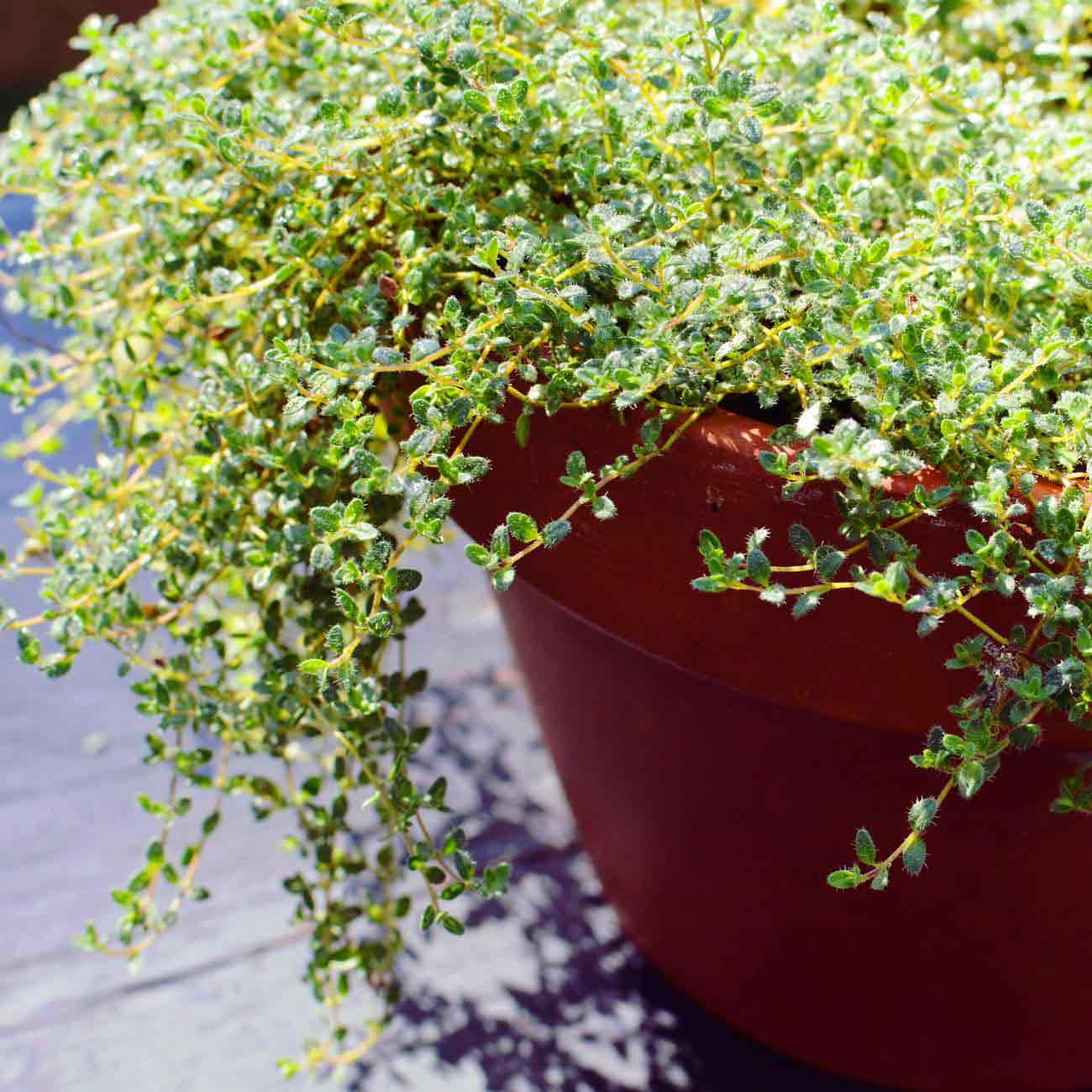
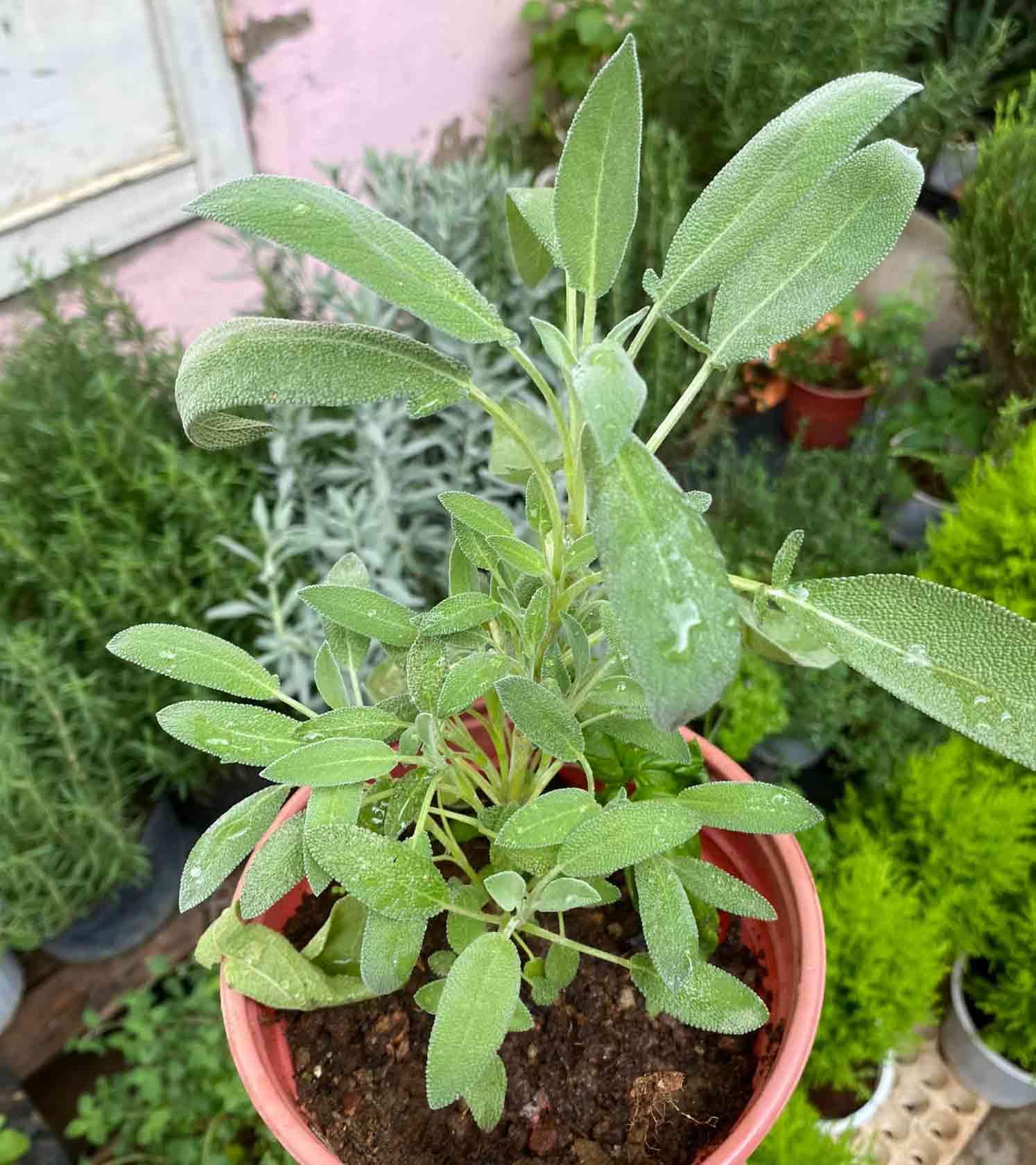
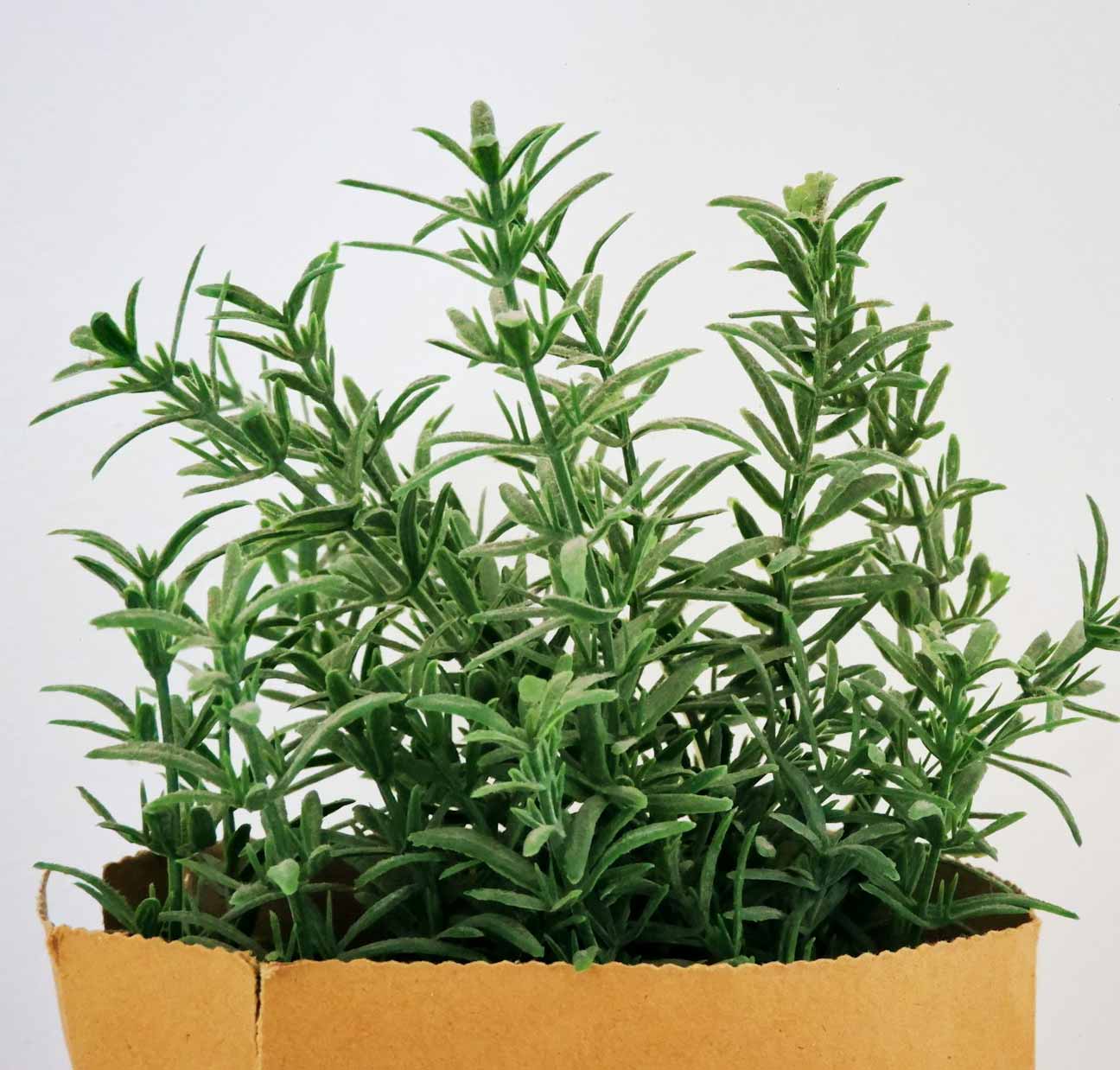
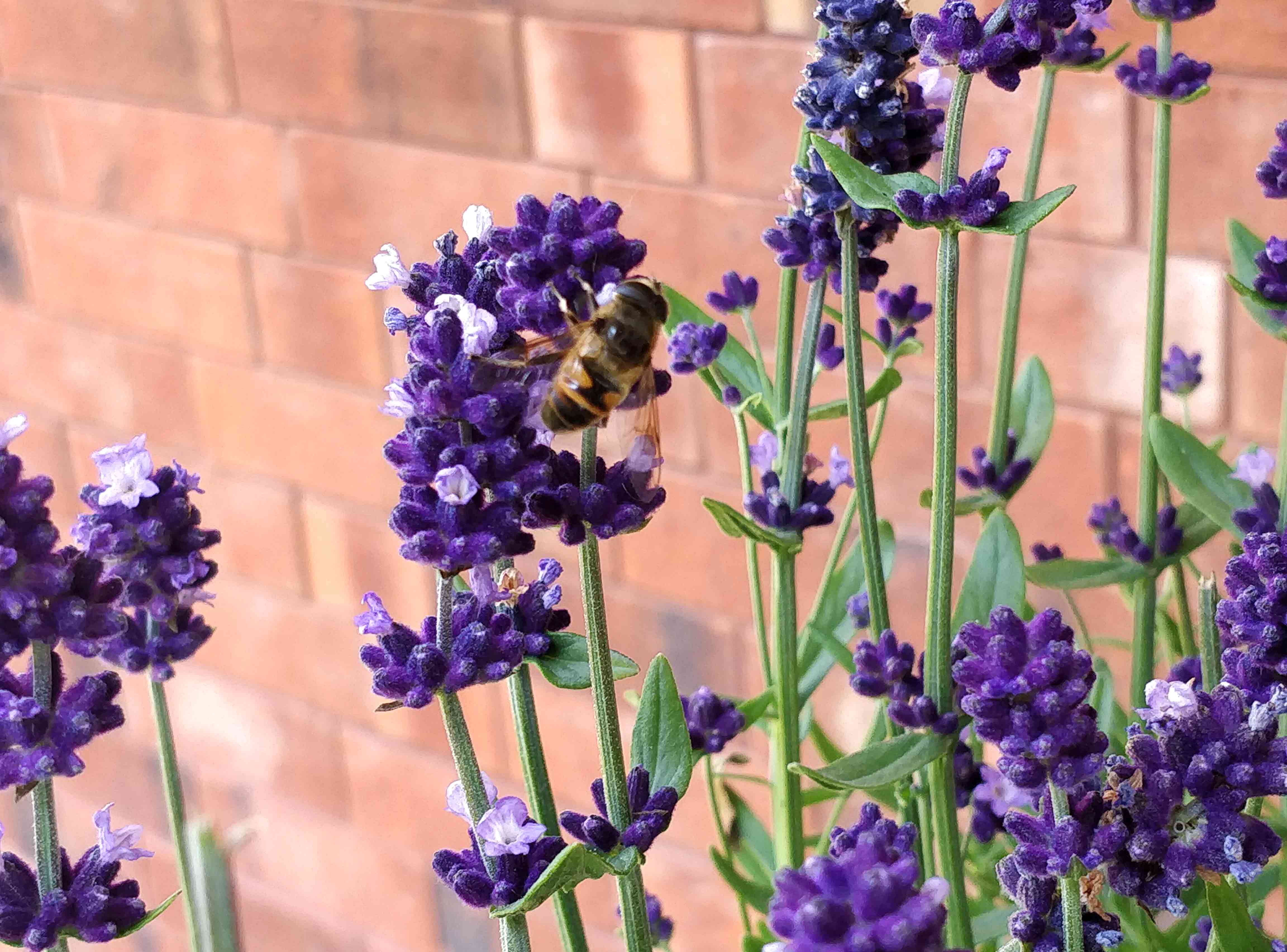
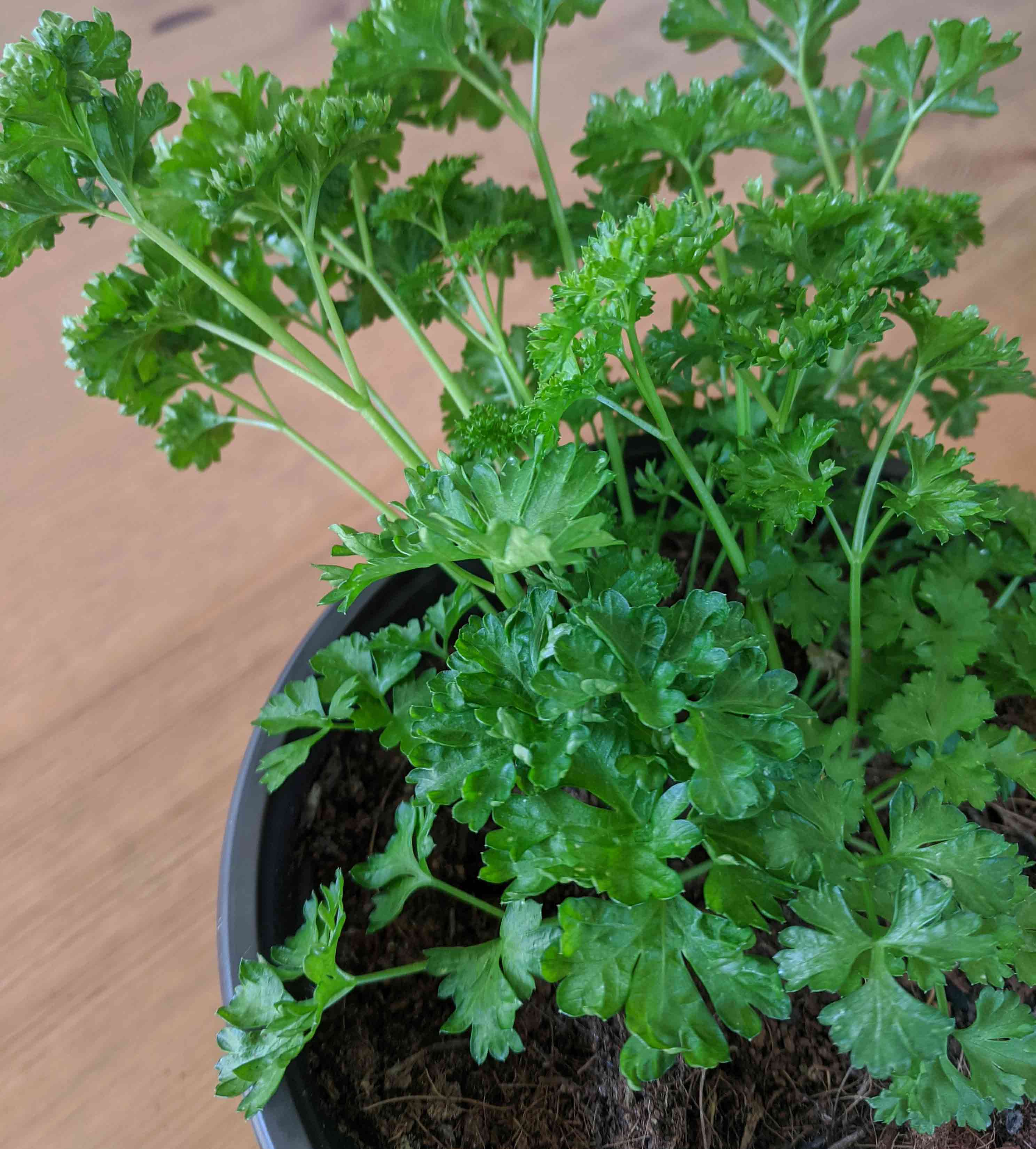
 Image credits:
Image credits: 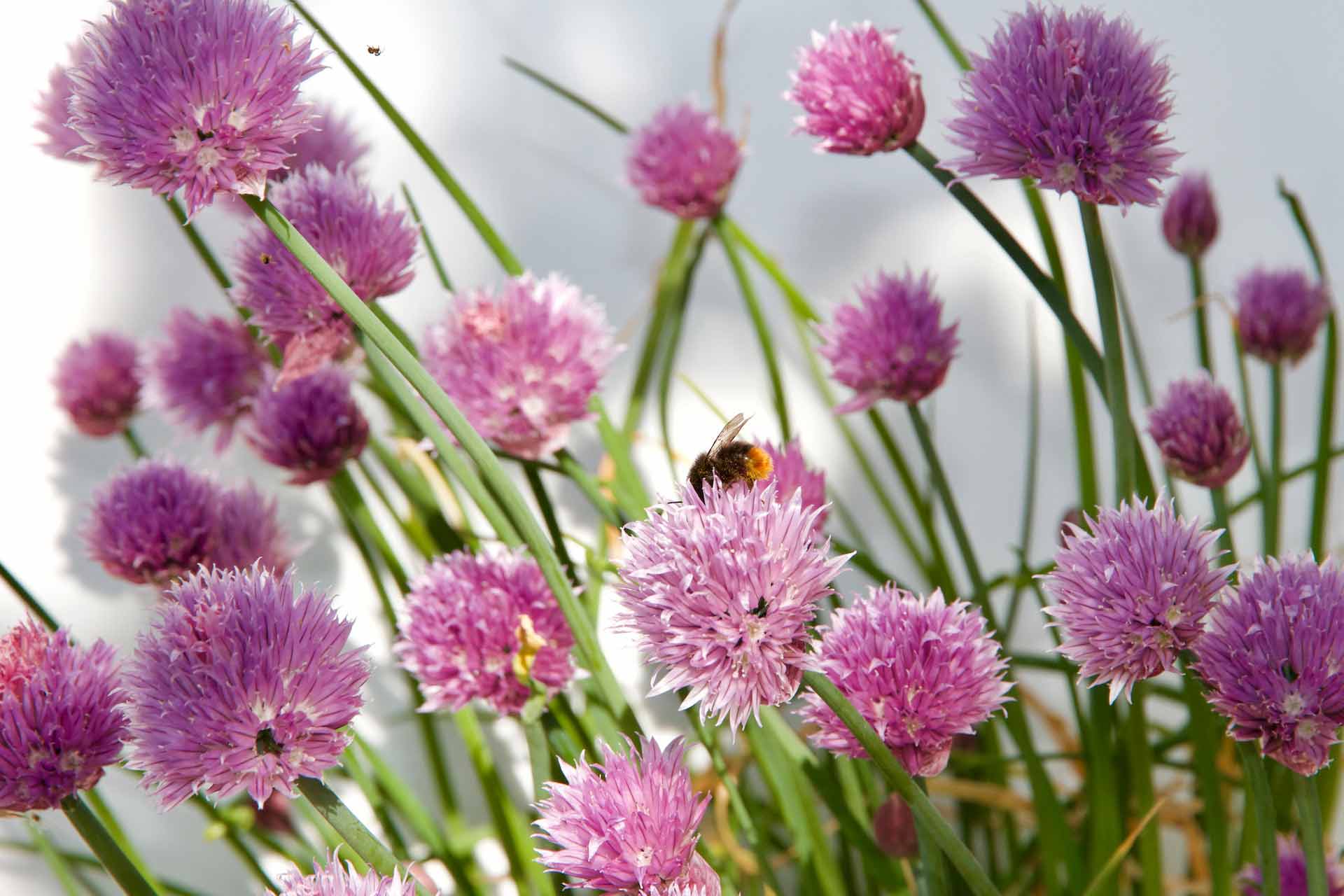
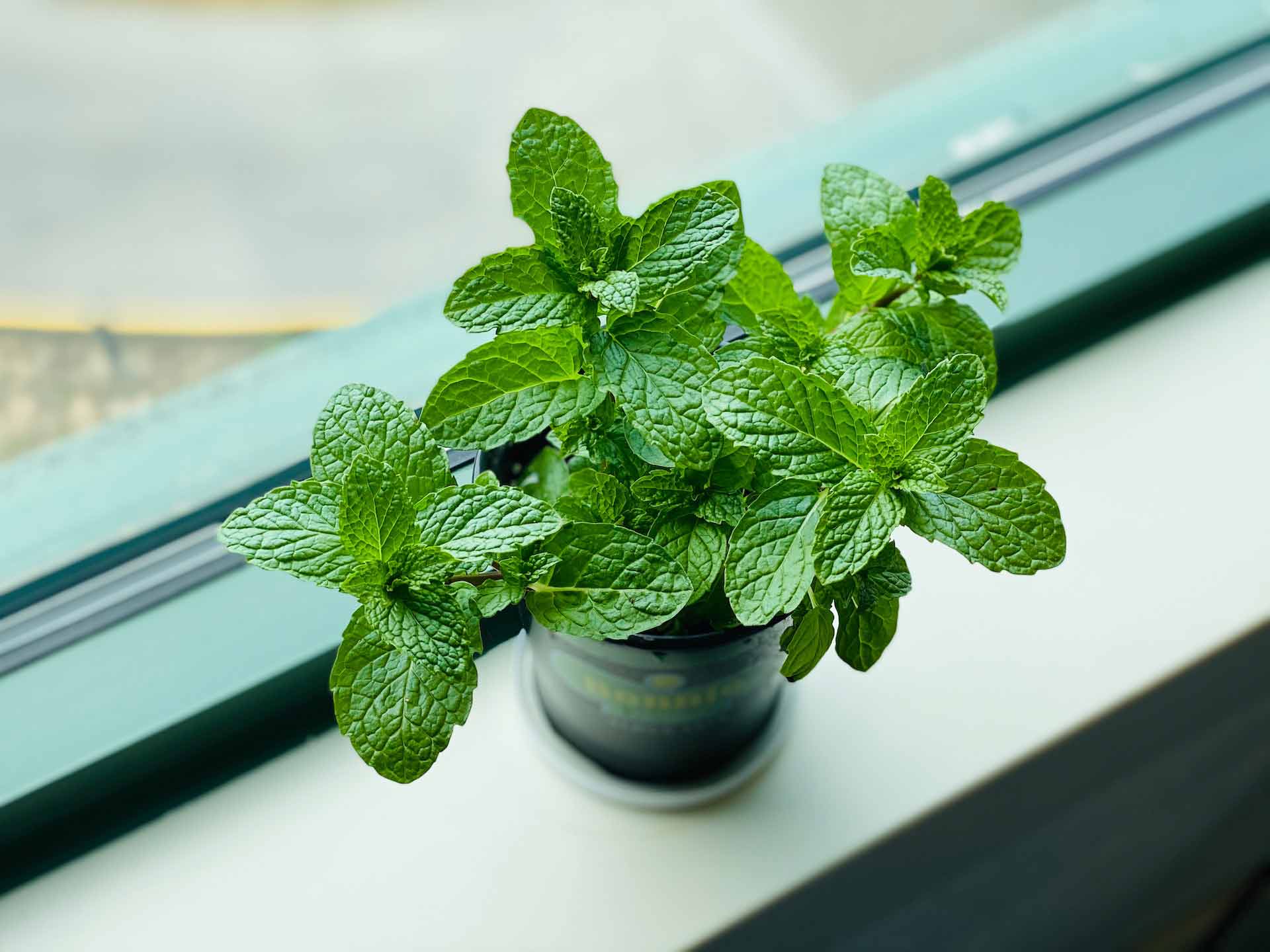
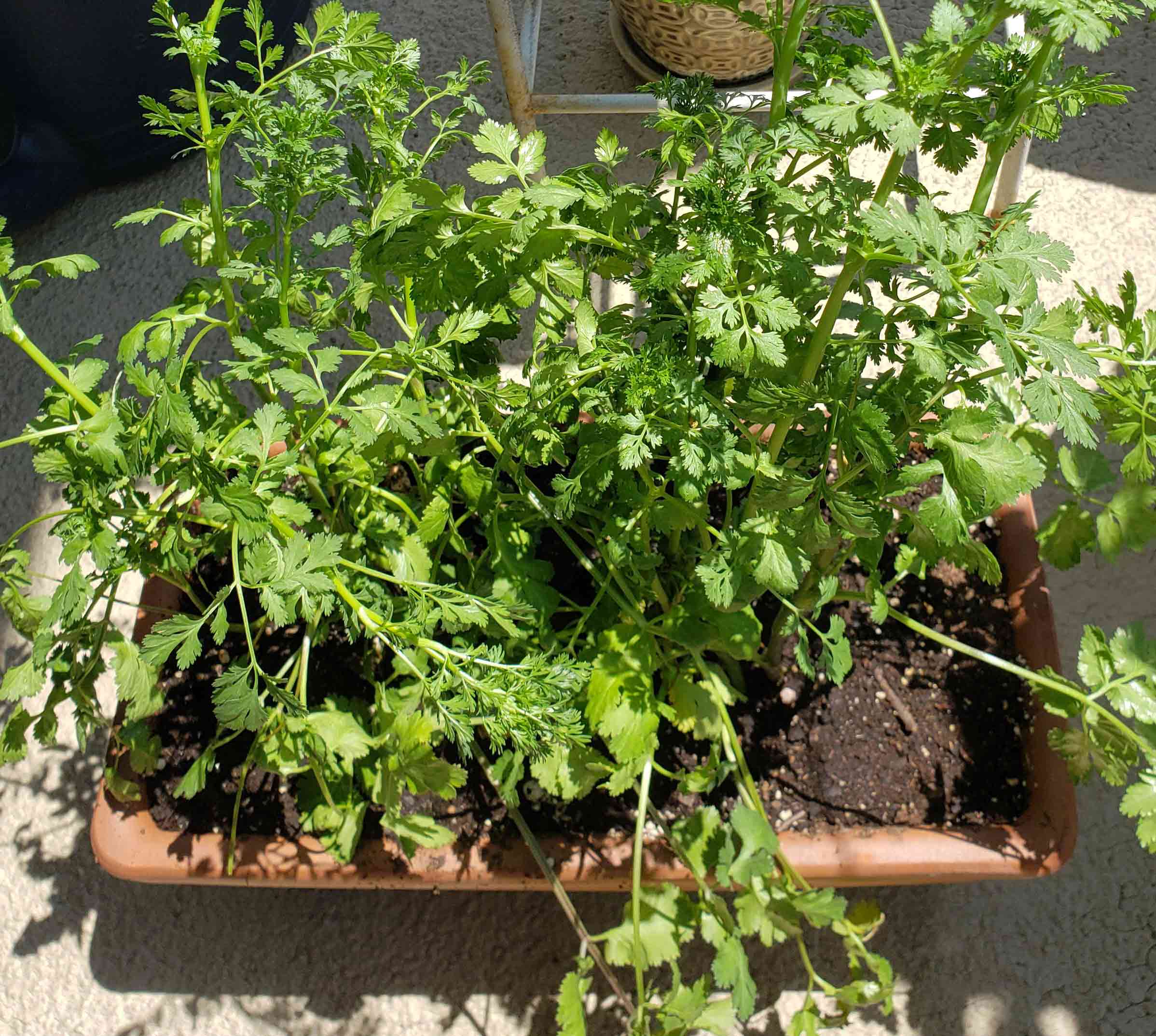
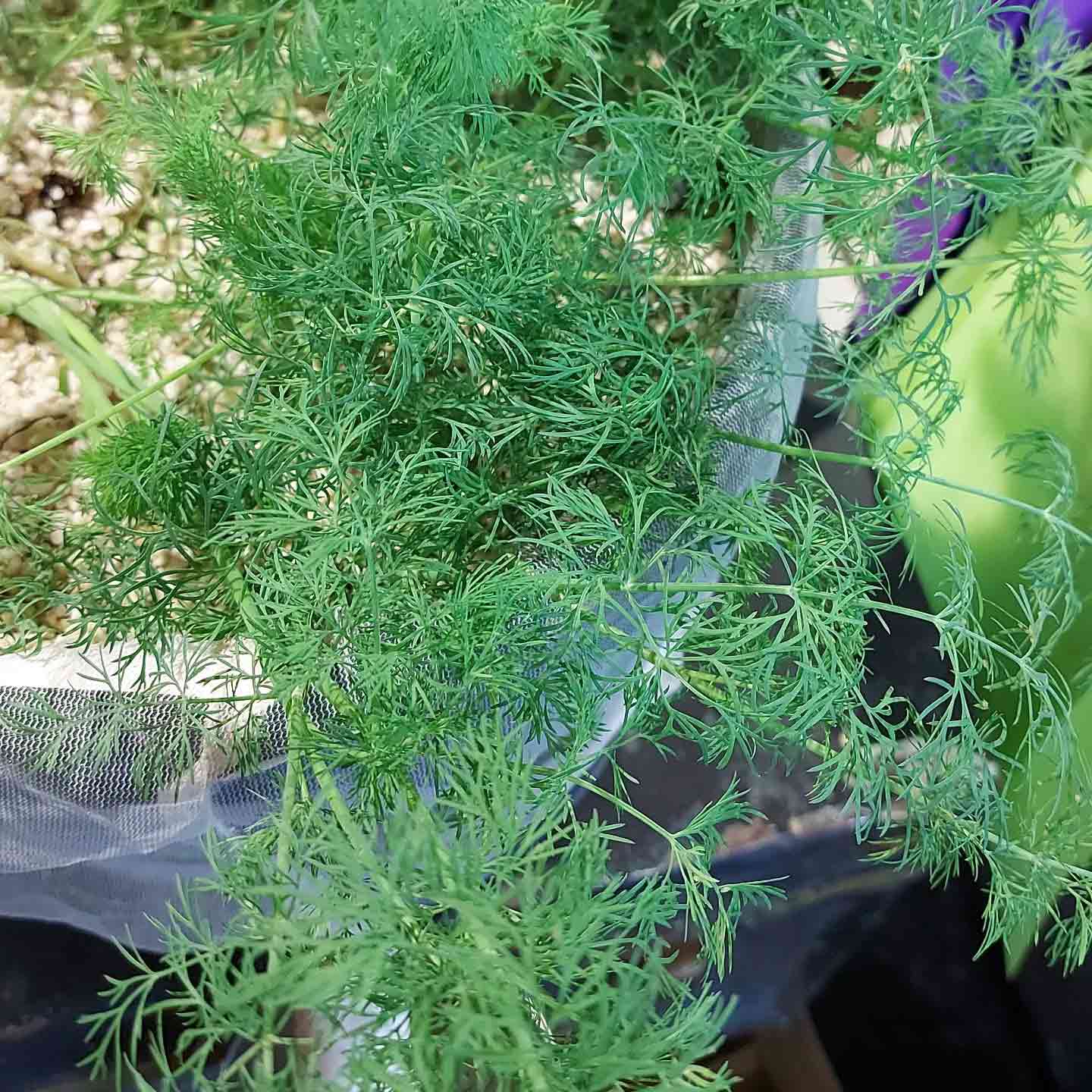
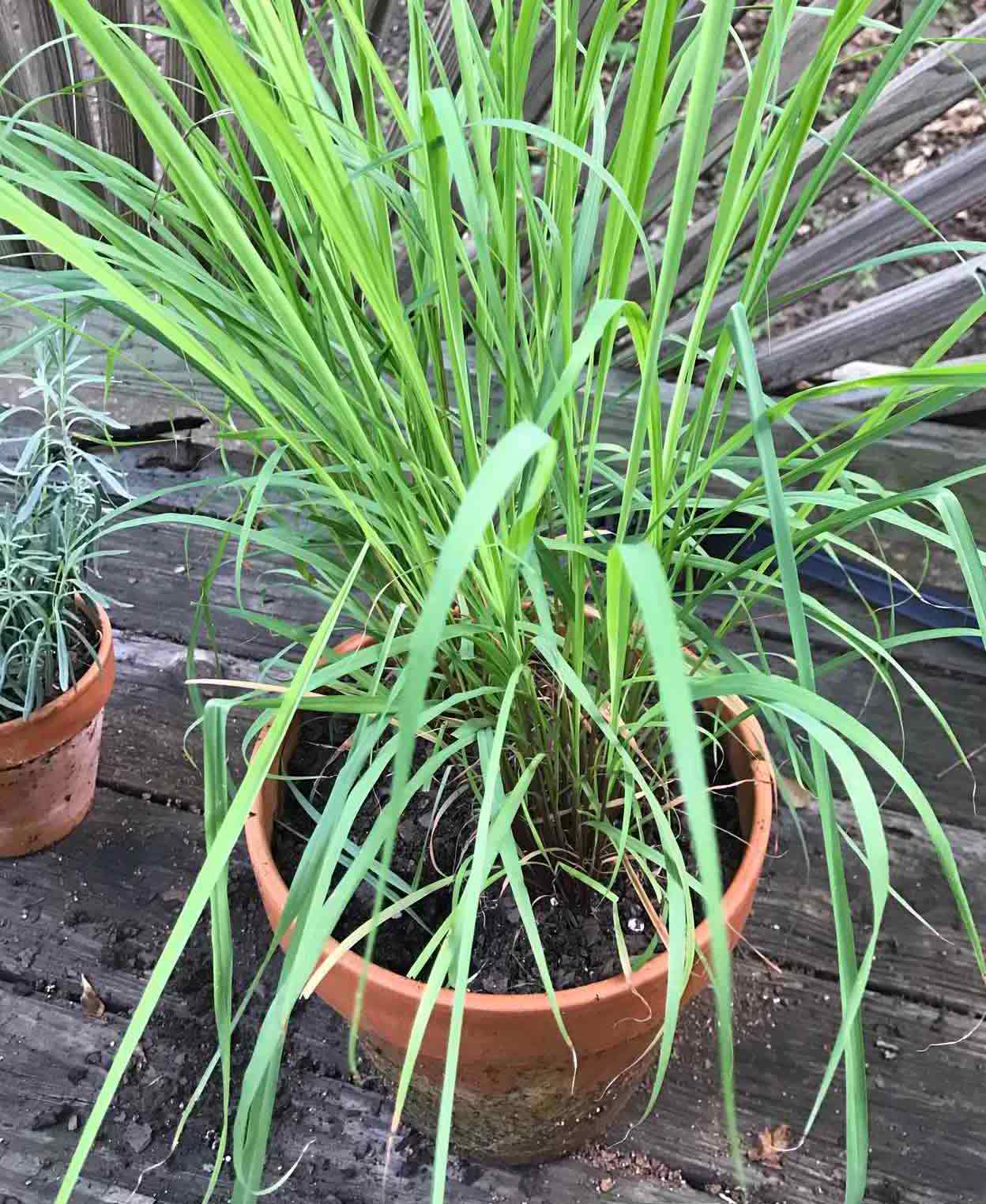

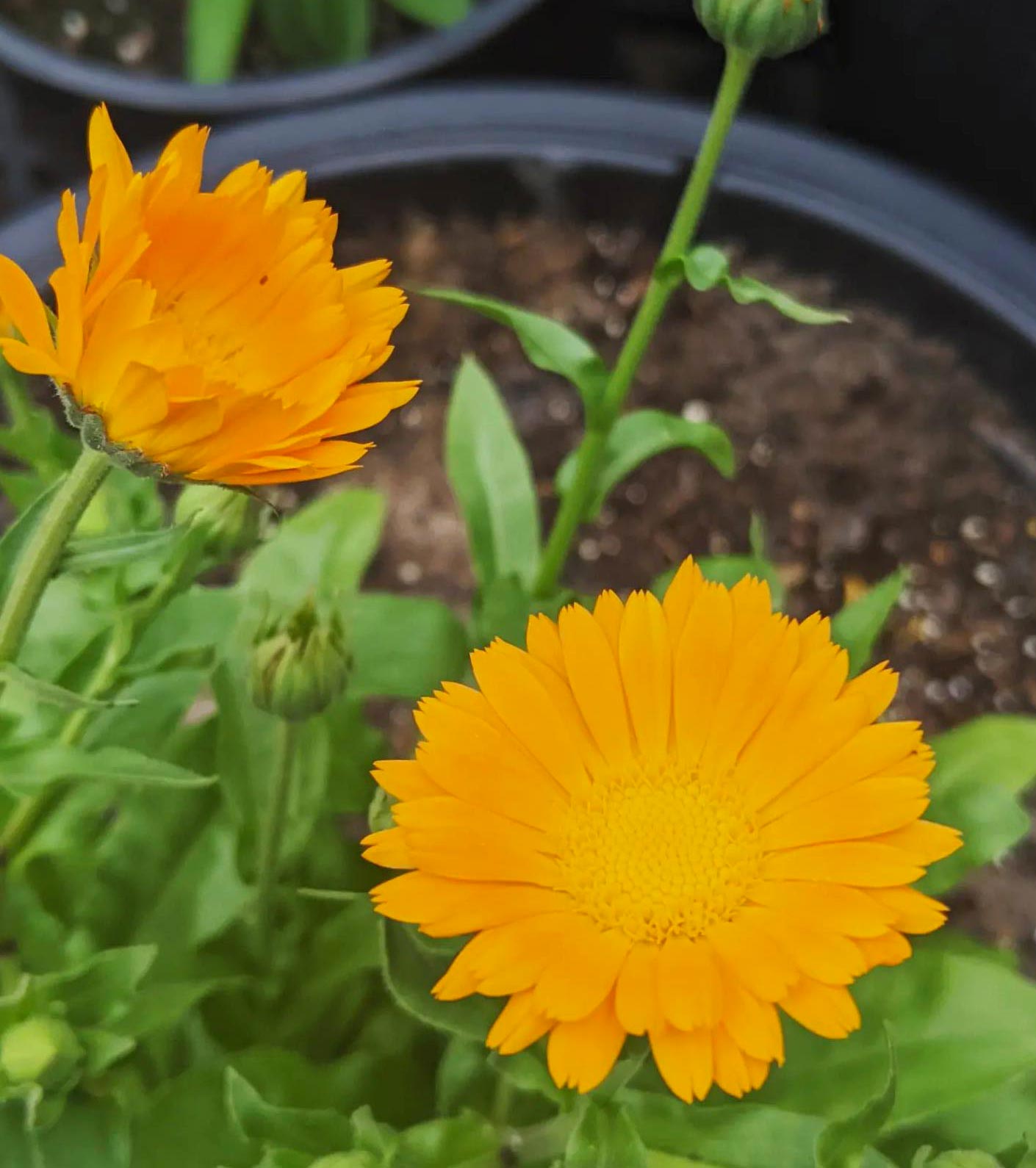


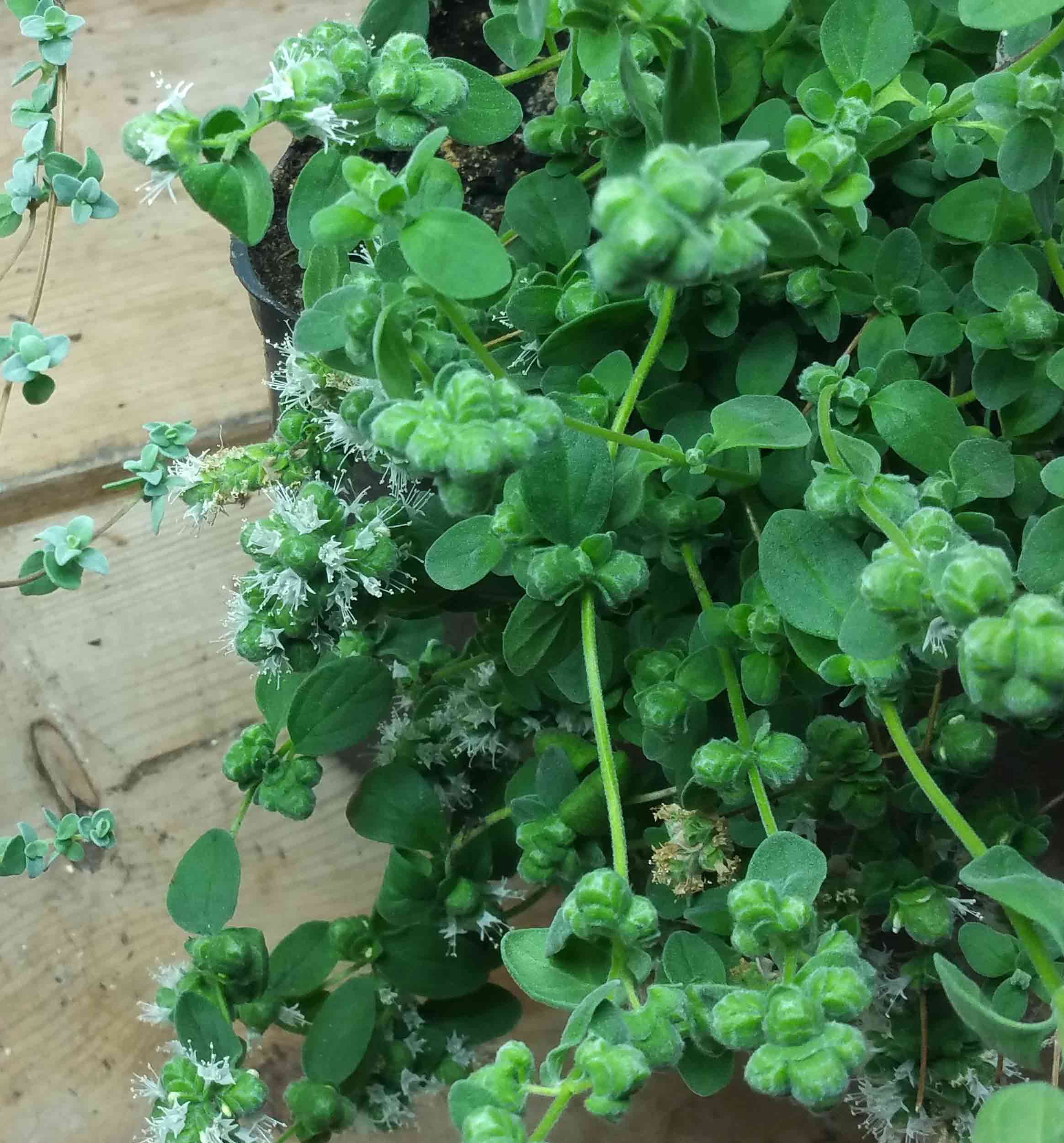

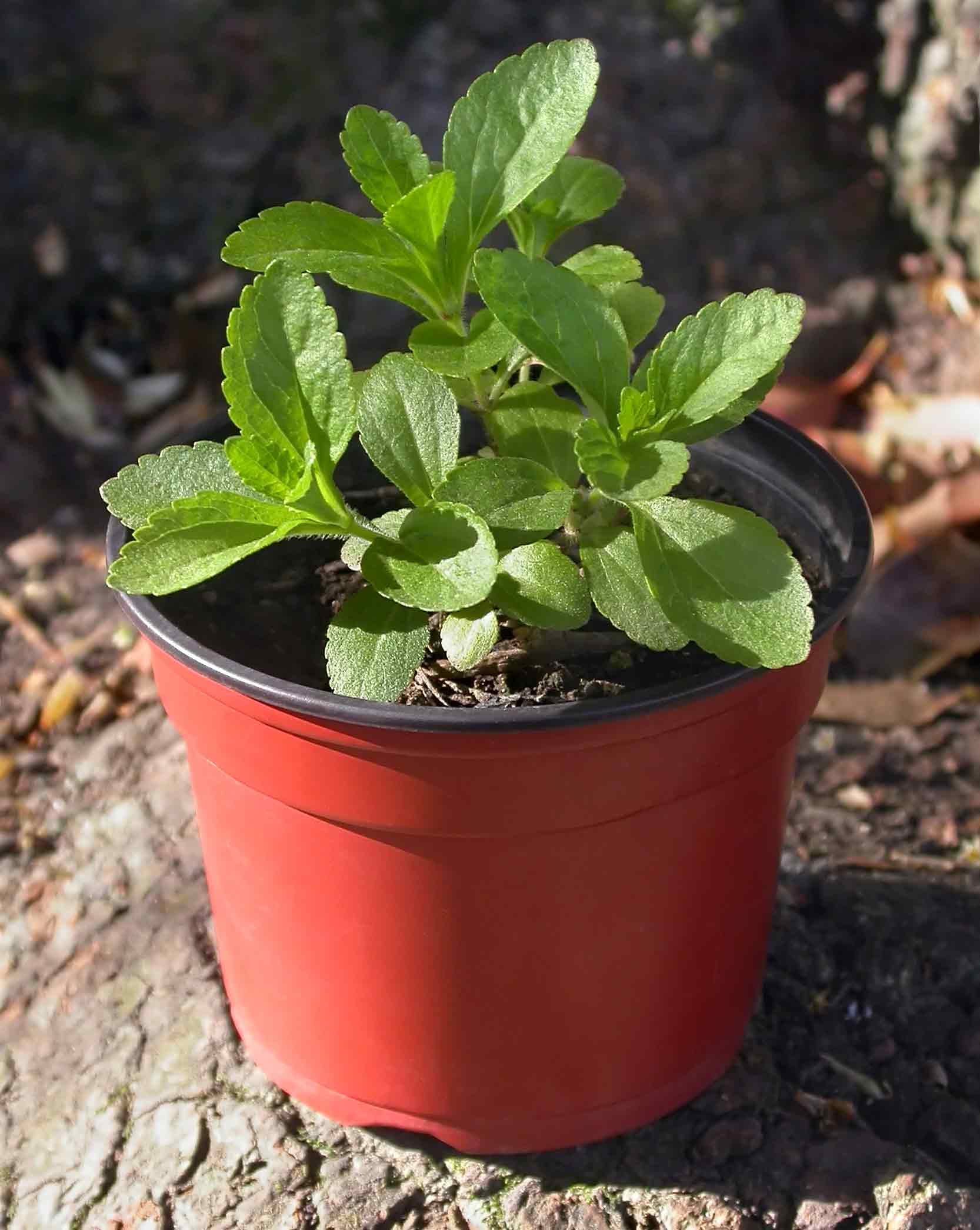

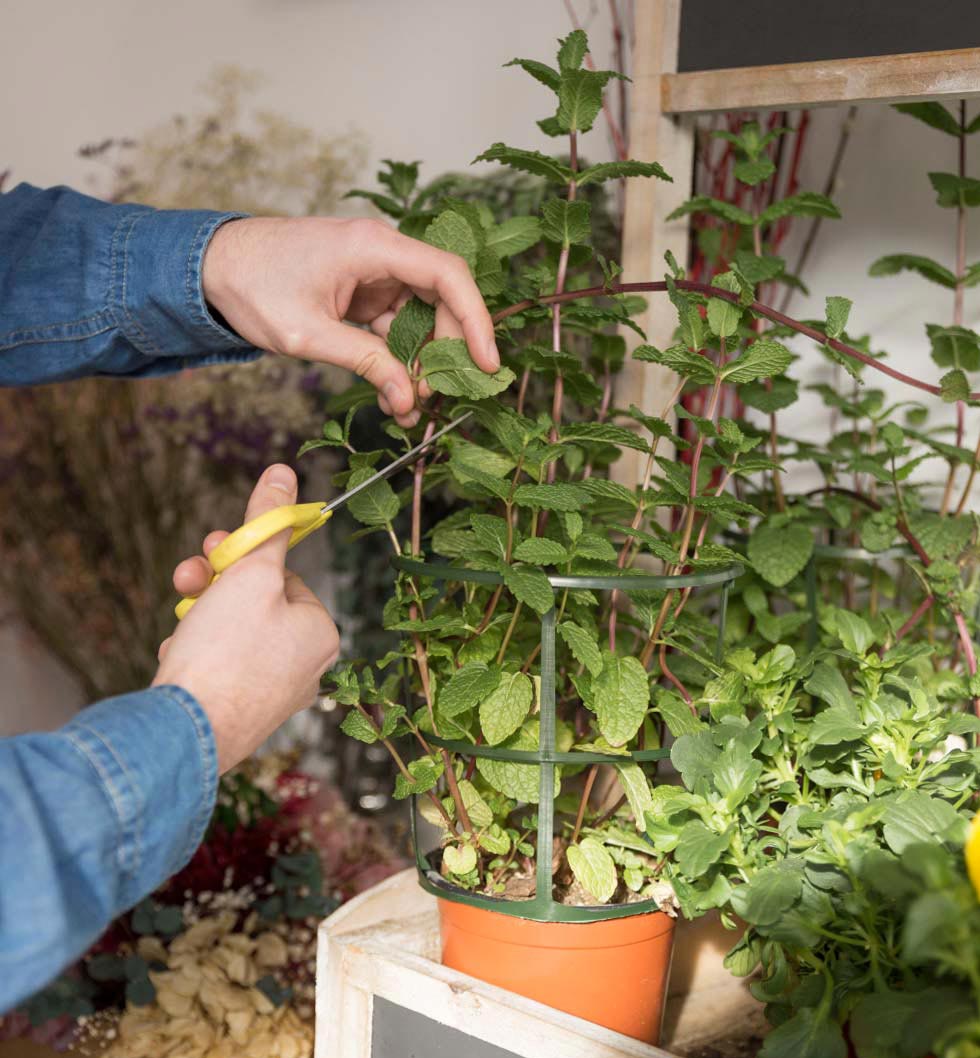
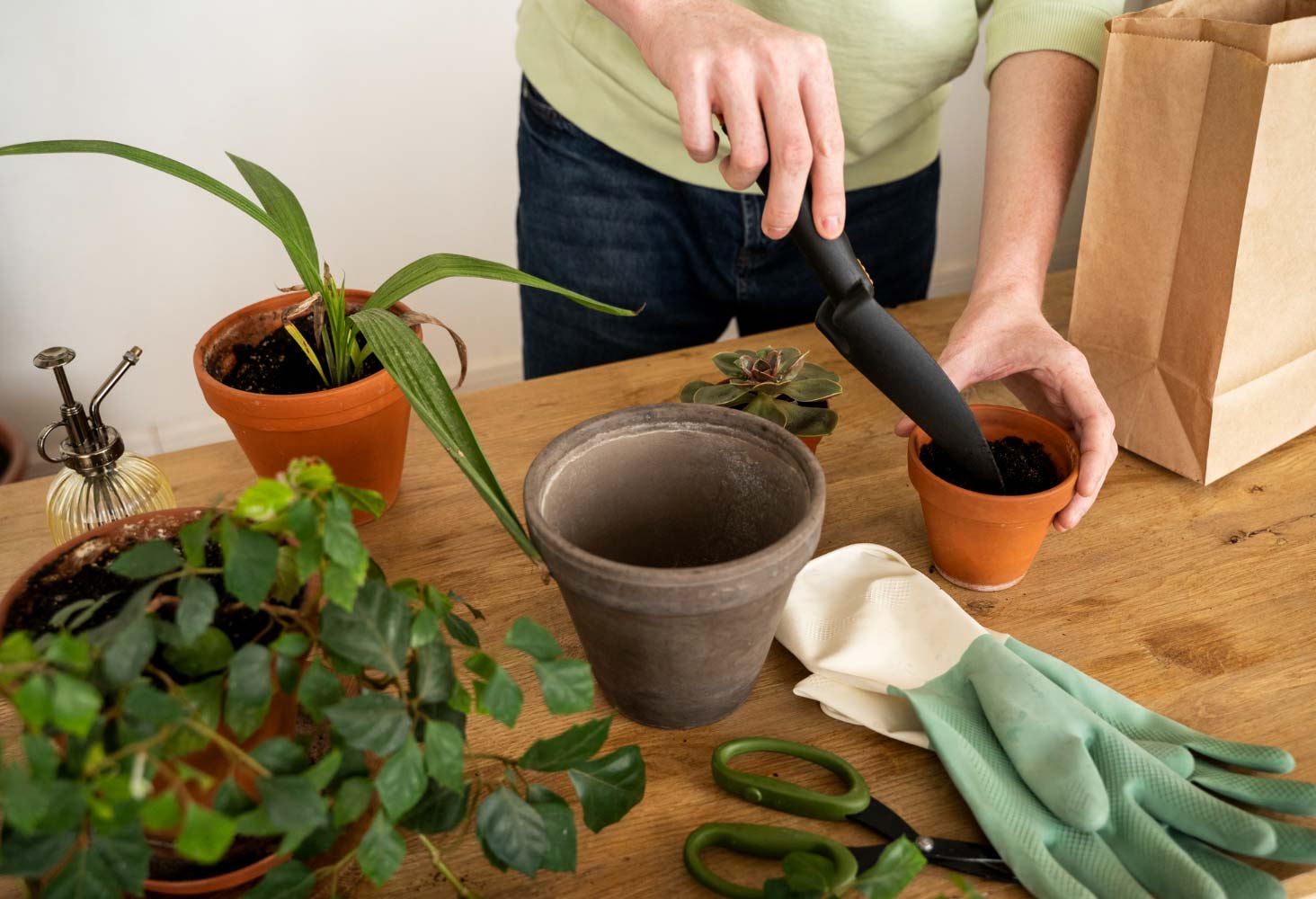
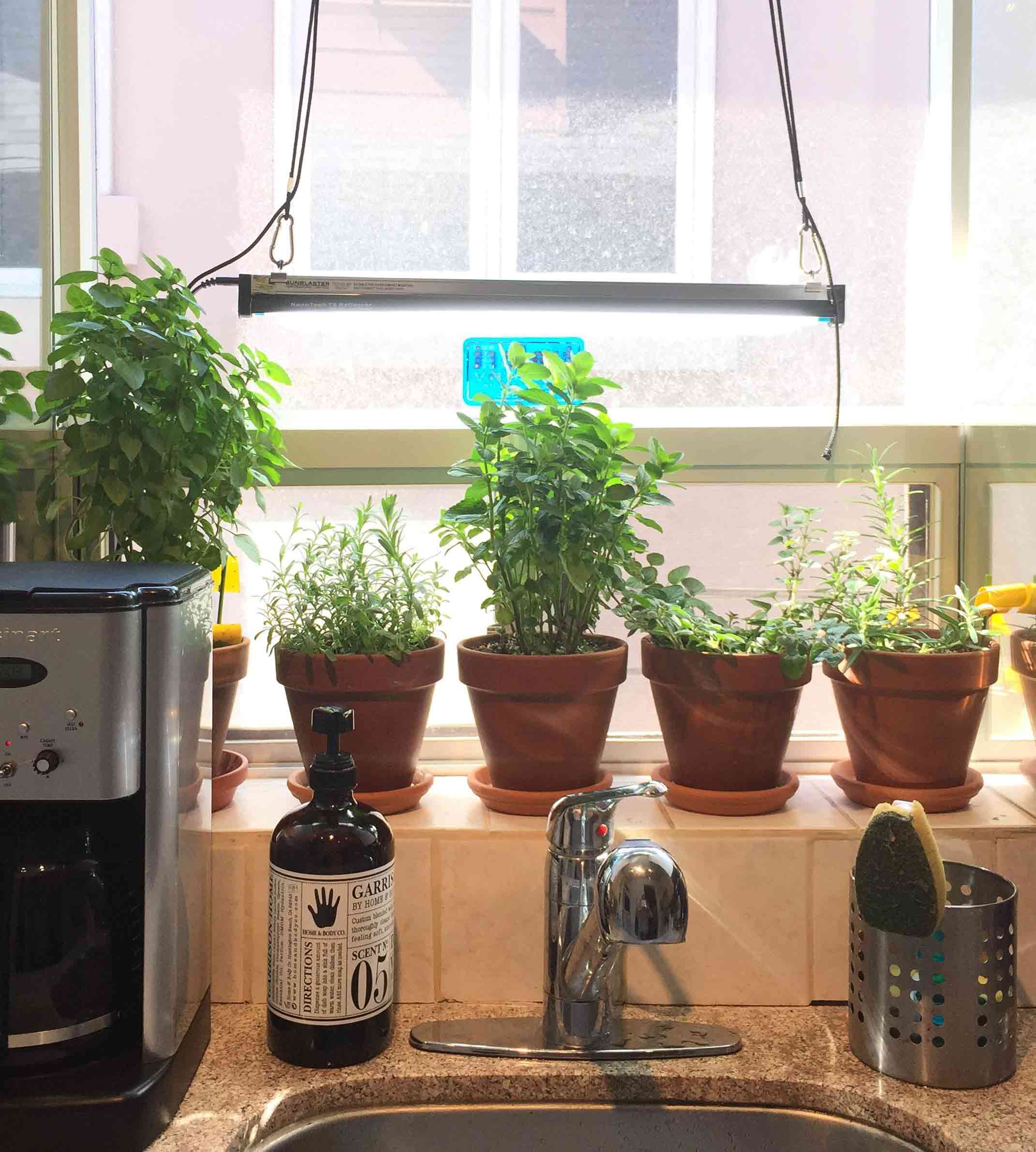
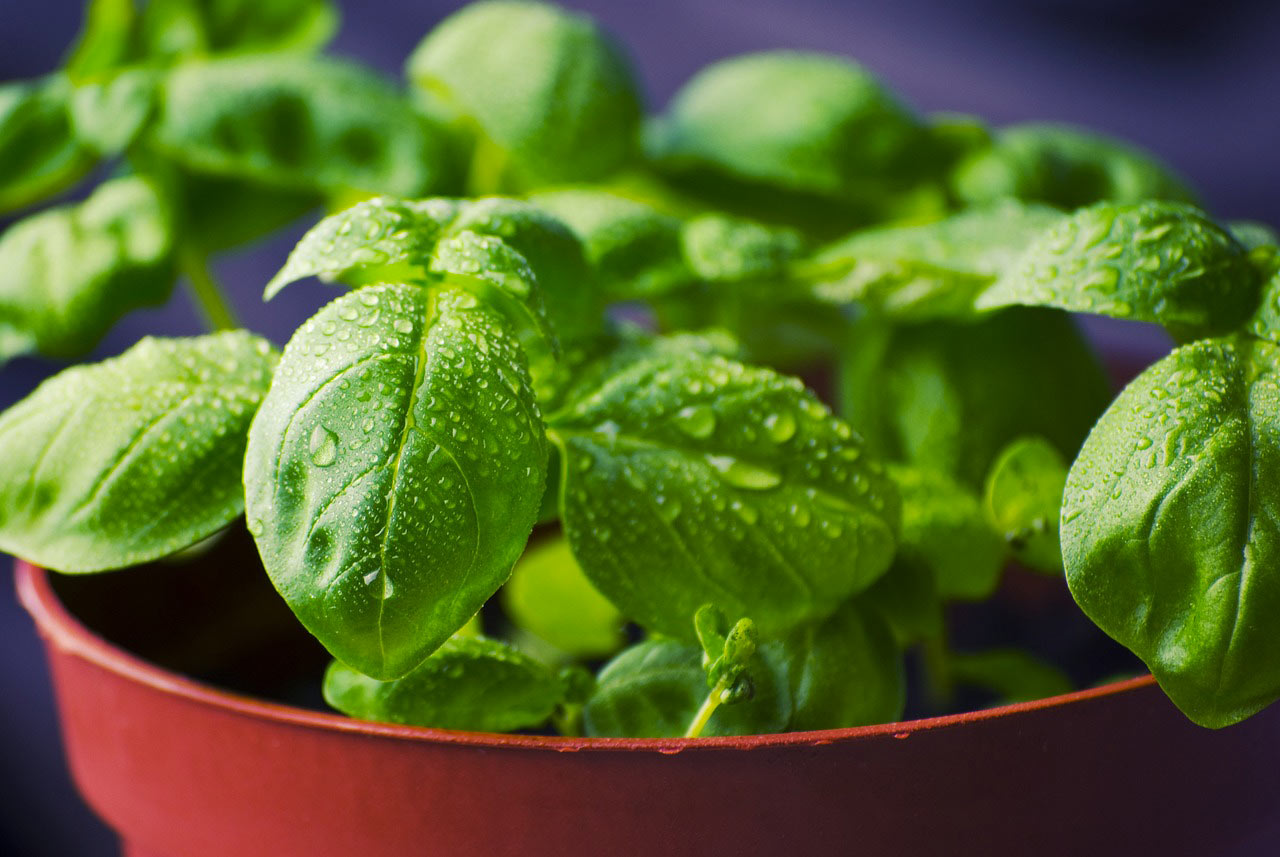
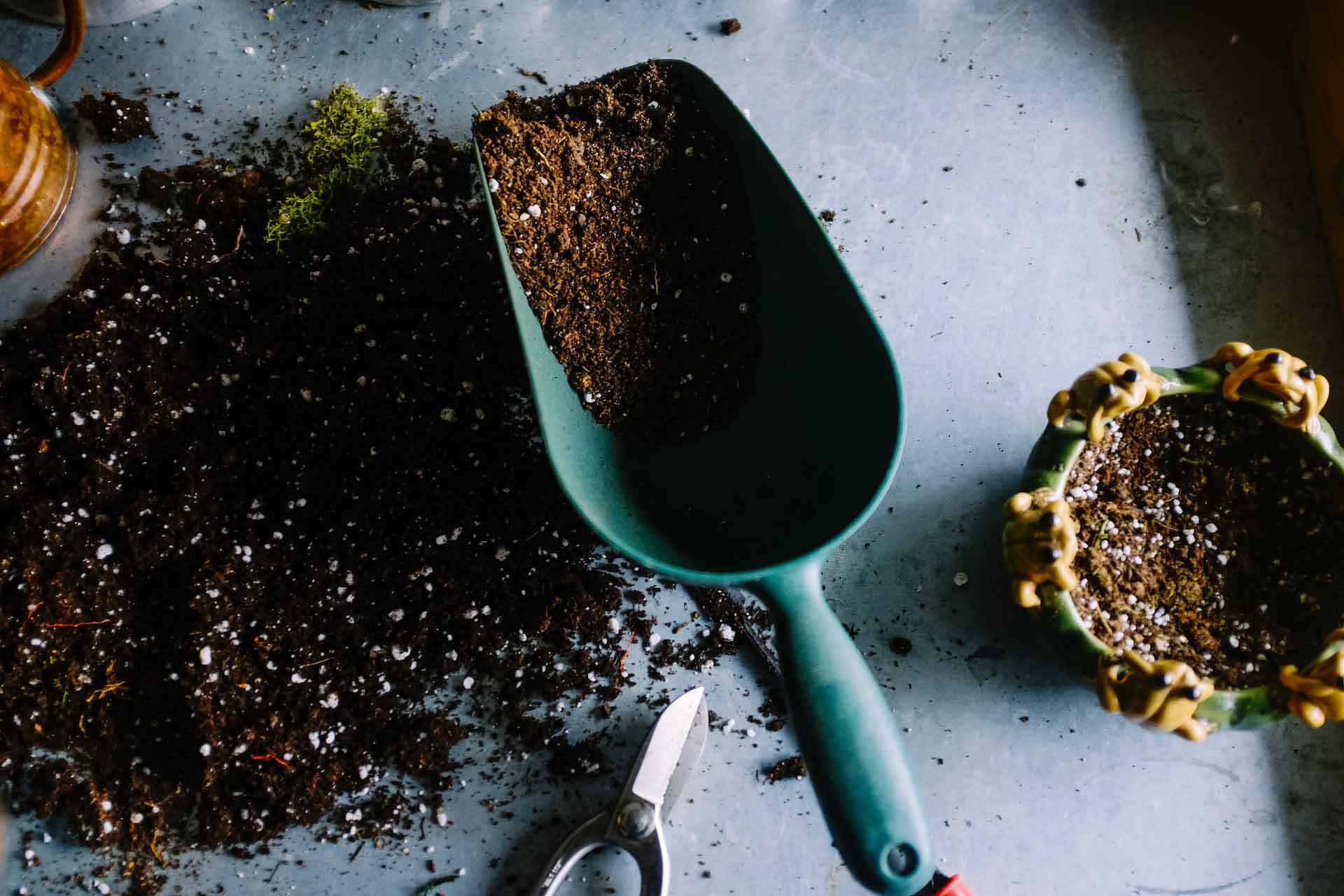

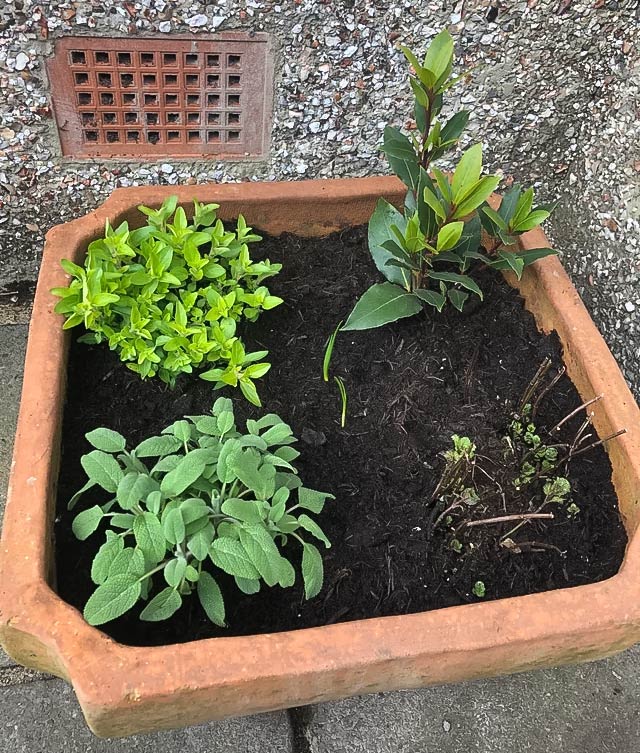
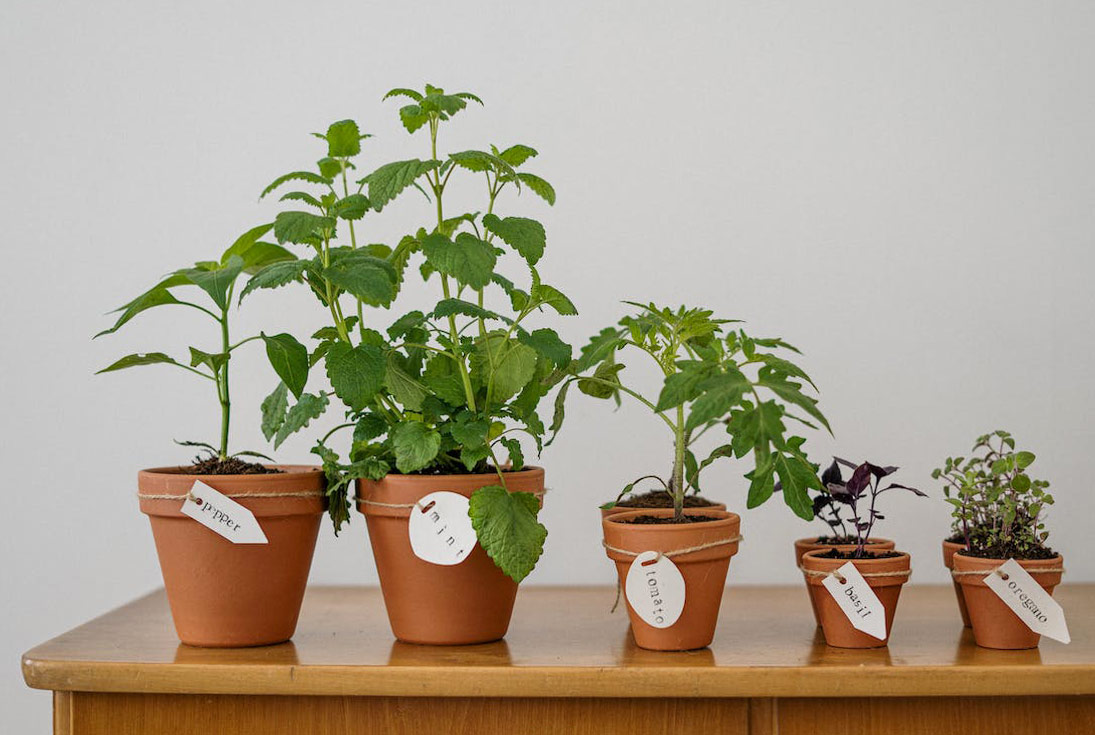












































17
2